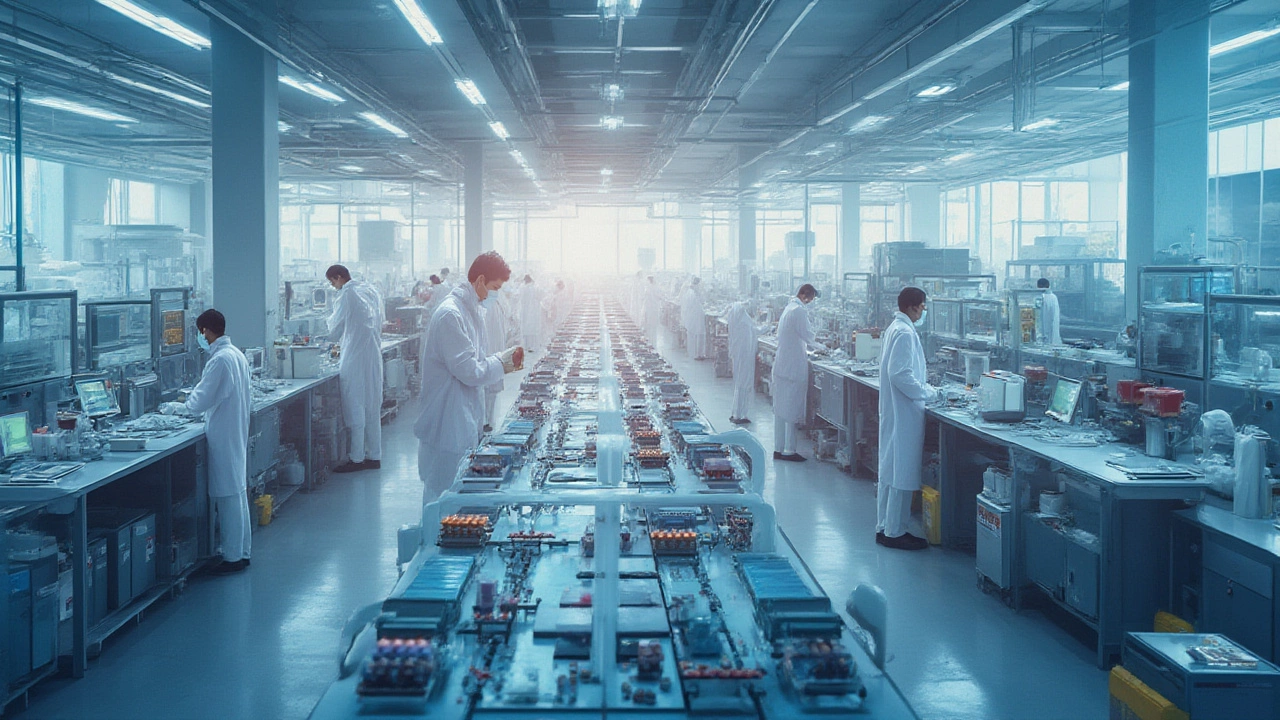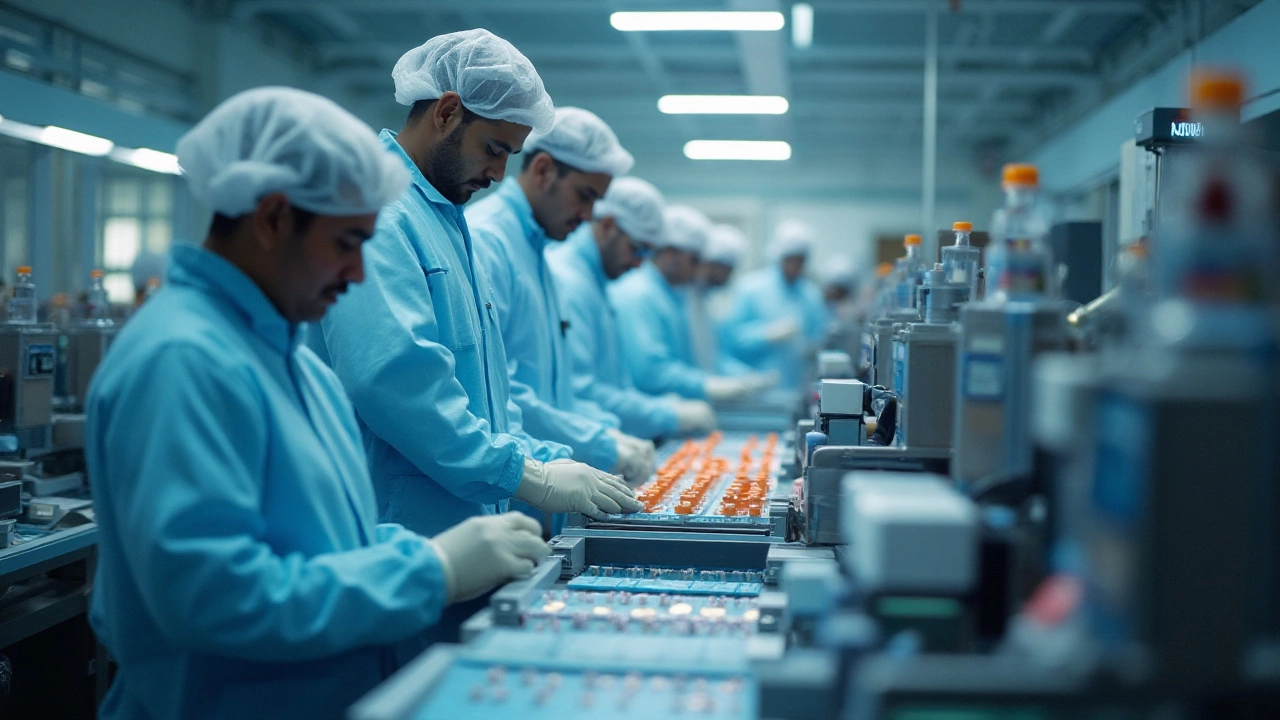Pharma Manufacturing in India – What’s Happening and Why It Matters
India’s pharma sector is booming, and the factories behind the pills are the real engine. If you’re curious about how drugs move from lab to shelf, this guide gives you the practical facts you need – no jargon, just clear answers.
Top Trends Shaping Pharma Production Today
First up, technology. Automation, robotics and real‑time monitoring are turning older plants into smart factories. Companies are using video‑based quality checks and AI to spot defects before a batch ships out. The result? Faster cycles and fewer recalls.
Second, the push for API (active pharmaceutical ingredient) self‑sufficiency. After recent global supply shocks, many Indian firms are building in‑house API units instead of relying on imports. This move cuts costs and gives tighter control over critical ingredients.
Third, green manufacturing is no longer a buzzword. Regulators and buyers alike demand lower water usage, reduced solvent emissions, and energy‑efficient equipment. Plants that adopt circular‑economy practices – like recycling wastewater for cleaning – are winning new contracts.
Key Opportunities for New Entrants
If you’re thinking about entering the pharma manufacturing space, focus on niche segments that need high precision. Biologics and sterile injectables require clean‑room expertise that many traditional tablet makers lack. Setting up a small, compliant clean‑room can be more affordable than building a full‑scale plant.
Another opening is contract manufacturing. Global brands often outsource production to Indian CMOs (contract manufacturing organizations) to cut costs and speed up market entry. Providing reliable batch records, quick turnaround, and transparent pricing can make your CMO stand out.
Finally, consider regional hubs. States like Gujarat, Maharashtra and Telangana offer tax incentives, ready‑made industrial parks, and skilled labor pools. Choosing a location with strong logistics – close to ports or major highways – helps you ship products faster and keep inventory costs low.
Overall, the Indian pharma manufacturing landscape is a mix of high growth, strict regulation, and evolving technology. Success comes from staying agile, investing in quality systems, and keeping an eye on sustainability. Whether you’re a seasoned player or a newcomer, the market offers plenty of room to grow – just match the right product, process, and partner to the demand.

Most Profitable Manufacturing Industries in 2025: Sectors with High Margins
Curious about the most profitable manufacturing businesses in 2025? This detailed guide unpacks top sectors, key stats, and practical tips for maximizing profits.
Read More
Pharma Industry Hub: Which City Leads India's Pharmaceutical Sector?
Uncover India's pharmaceutical capital and what makes it a global industry powerhouse. Detailed insights, facts, and practical tips await inside.
Read More
Top Pharmaceutical Manufacturing Plants in India
India is home to some of the largest and most advanced pharmaceutical manufacturing plants in the world. Companies like Sun Pharmaceuticals and Dr. Reddy's Laboratories lead the pack with cutting-edge technology and rigorous quality standards. This article explores the top pharma plants in India, shedding light on their operations and contributions to the global healthcare sector. For anyone interested in understanding the backbone of India's booming pharmaceutical industry, this serves as an informative guide.
Read More
Why India Leads in Global Pharmaceutical Manufacturing
India has emerged as a global leader in pharmaceutical manufacturing due to its robust infrastructure, skilled workforce, and cost-effective production. The country's strategic advantage in the sector is bolstered by a supportive regulatory environment and significant investment in research and development. Key factors such as intellectual property policies and an emphasis on quality control have further solidified India's position in the global market. Understanding these dynamics provides insight into India's critical role in the world's pharmaceutical supply chain.
Read More